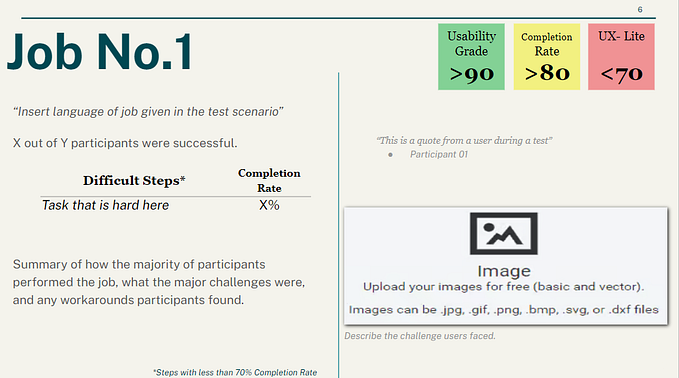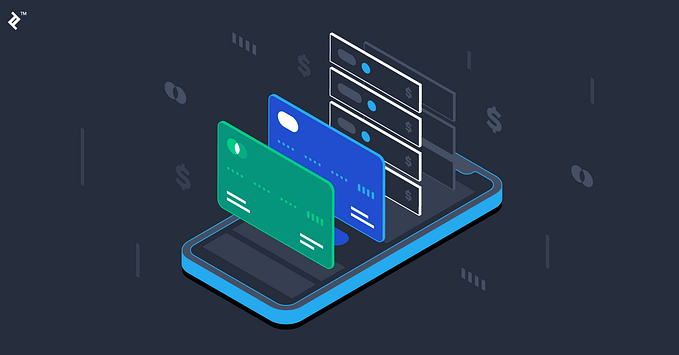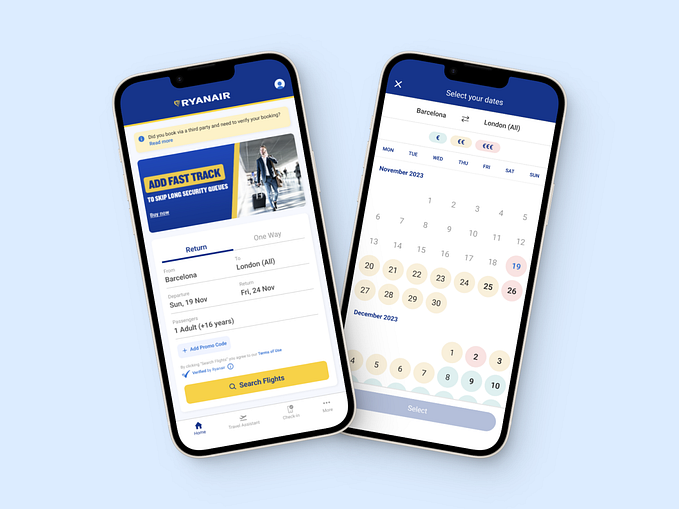How to talk to users more and build a better product

According to Alpha’s 2019 PM Insights report, 86% of Product Managers said they don’t spend enough time talking to users and only 33% of Product Managers conduct user research daily. We understand how important it is to talk to users as much as possible when determining what to build and how to build it.
However, as a PM you are BUSY and may not have buy-in from others — making this challenge a difficult one.
I was recruited to Lucidity to be Director of User Experience. Lucidity’s product combines ad tech technology with blockchain, so things are incredibly technical and can be quite complex. Additionally, it’s an emerging industry so there isn’t an established rule book.
In other words, there are no standards for what we are doing. When I first arrived at Lucidity, the technology was very functional, but not easy to use for our target audience.
Throughout development, we have to create new terms, define new metrics, write out definitions, and outline standards in the hopes of making a new technology easy to understand.
But you can’t do all of this in a vacuum. You need user feedback to determine whether or not the things you’re developing a) make sense and b) have market value. One of the best ways we’ve ensured that users are an integral part of development is the creation of a Customer Advisory Network.
What Is A Customer Advisory Network?
At a high-level, it’s a forum for key customers to give their feedback on our existing and potential products, with the added benefit of strengthening relationships with existing and potential users. This Customer Advisory Network was inspired by Invision’s Design Leadership Forum, which I am fortunate enough to be a member of.
A Customer Advisory Network allows us to gather feedback in a structured manner to enhance Lucidity’s offering for our entire client base while proactively managing product requests.
What are the benefits of a Customer Advisory Network?
There are many benefits to a Customer Advisory Network, but I highlighted a few we have experienced personally here:
- It Helps with Product Innovation
- Whenever we are stuck, we can easily reach out to users for their opinions through research or usability tests
- By getting consistent feedback, we can avoid building a product based on assumptions
- It allows us to stay on the pulse of our users, the market, and existing knowledge
- We can validate the assumptions we have about our users
- It Helps with Business Development Efforts
- By keeping in touch with potential clients, we keep leads warm and involved
- It allows us to show potential clients future features and products to build anticipation
- We can also uncover insights BD can use to inform their pitch in-market
- It Helps with Ensuring Customer Satisfaction
Ultimately, this gives us the ability to work from an informed position. The less guessing we do means the less risk we take — increasing our chance of success.
What Specific Benefits Did Lucidity See?
- It kept a number of our leads very warm and interested. We synced with them frequently for research and usability testing until they came on as paying subscribers. This helped keep a consistent line of communication
- We were able to get feedback on what to name some of our metrics in our system. By polling our users, we came to understand which names resonated.
- We built analytics screens based on our users’ mental model and how AdOps pros analyze campaigns.
That’s Great. So How Should I Go About Creating My Own Customer Advisory Network?
I know — you have a lot to do. But below are a few steps that can make it an easier experience. You can do this in your spare time over a few weeks. I’ve also provided a few templates to help. Each step can literally take minutes.
1. Find an Advocate Inside the Company
Talking to users is important, but you do have other things you need to do. Finding someone within the company that can share your workload will be helpful. It can be a salesperson that loves learning about users or even an engineer. The shared workload is mostly replying to emails, scheduling sessions, and reaching out to prospective members.
I want to give a special shout-out to my colleague at Lucidity, Chris Cohen, because none of this would have been done without him. He was on top of me to get this done, helped recruit members, sell stakeholders on the concept, and really manages the day to day of this initiative.
2. Get Company Buy-In
We created and presented a simple charter to our executive team just to ensure that there were no legalities we needed to be aware of. We also needed to be sure it would be OK showing potential users and external parties product prototypes.
So how did we get company buy-in? We outlined how the network wouldn’t cost any budget and the time cost would be minimal. We also did some of the work early by compiling a list of potential users for our executive team to take a look at.
Here is an example charter template you can present to get buy-in from your company here.
3. Define Success
I like measuring everything and anything, so how might we determine if we’re successful with this Customer Advisory Network? Or how might we determine if this Customer Advisory Network is beneficial to us? Here’s a few of the things we measured:
- The level of customer participation
- Customer satisfaction (did it increase?)
- Any other metric your team / company is trying to improve
4. Ask User-Facing Team Members
We met briefly with our BD team, but you might meet with account managers, marketers, or sales people. We went over our objectives and determined which parties might help us achieve these objectives that are low risk friendlies. A bonus is always finding people that are interested in learning and growing in their career.
5. Reach Out To Contacts
We reached out to our list of low risk current and potential users and made the ask. To make sure we don’t ask too much or overwhelm them, we informed them this is a maximum of one hour a month (that one hour a month might be broken up 15 minutes at a time — so 4 calls over 15 minutes. Or it could just be one long session at one hour).
We also let them know that they never need to prepare for the calls — just show up.
Some will be enthusiastic and willing, some will simply not reply — and that’s ok!
Getting Started
So after we sent our emails and some parties agreed, all we did was jump on a 15 minute call with each of the interested parties and gave them a quick introduction (15 minutes) on exactly what this entails. Simply, that they would need to be able to have access to a computer and that we’re just gonna ask for feedback on our product to help us understand what they might need it.
A Bonus Tip
Be sure to keep their time in mind. Sending swag or even a thank you email goes a long way. If possible, you could also spotlight specific users in a blog or social post.
Summary
We know that talking with users and getting their feedback on anything from your random ideas to usability testing before building products will help you build better products / the right product. The challenge is being able to talk to them. I hope this gives you the motivation, the ability, and a handy framework you can use to setup a way to get feedback from users in a more consistent way.
Originally published at https://golucidity.com on August 13, 2019.








